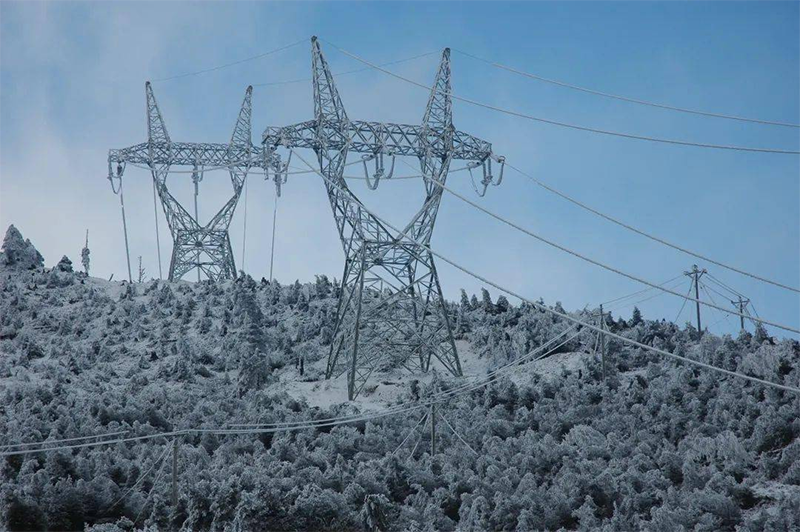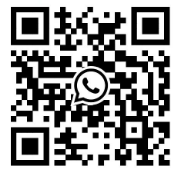Icing on national transmission lines is a widespread phenomenon. Ice and snow accumulation on transmission lines can cause a sharp decline in their mechanical and electrical performance, leading to conductor swaying, tower tilting or even collapse, broken conductors, and insulator flashover—all major power accidents that severely compromise the safe operation of the power system.
Traditional monitoring methods such as manual line inspections and ice observation stations are inefficient, time-consuming, labor-intensive, and pose significant safety risks to maintenance personnel. Existing ice monitoring techniques based on tension and imaging often require disconnecting insulator strings, entailing complex installation procedures and inherent safety hazards. Furthermore, existing ice monitoring systems rely on solar power. During icing events, these systems often fail to operate normally due to insufficient energy supply caused by rain and snow. A more severe issue is that cameras, operating in an intermittent power mode, frequently develop ice buildup on their lenses, preventing them from capturing actual icing conditions.
Ice Monitoring Device: Ice Spirit can be directly installed on AC transmission line conductors. Its power system employs high-efficiency AC induction power extraction technology, ensuring high power supply reliability. The camera lens utilizes polymer organic film heating technology, with the CPU performing heating and anti-freezing operations based on ambient temperature and humidity to prevent lens icing. Built-in AI module enables on-site edge computing capabilities. Ice thickness can be calculated from ice accumulation images, allowing users to comprehensively and efficiently monitor line icing conditions. The device incorporates a 4G module to transmit monitoring images, videos, sensor readings, and status data to the central station via 4G. It supports both scheduled and on-demand capture modes. When collected data exceeds preset thresholds, the platform automatically pushes ice accumulation alerts to users via WeChat and web notifications.
Additionally, the device can be equipped with an optional wireless broadband module, enabling multiple units to form a chained MESH network for node and routing transmission functions. This configuration is highly suitable for ice monitoring in remote, ice-covered areas lacking carrier 4G network coverage.
Currently, ice monitoring methods primarily include image detection, tension measurement, and a combination of online monitoring with manual ice observation. Under extreme weather conditions, conventional patrols have limited effectiveness. However, installing visual monitoring devices on towers and integrating them with intelligent backend systems enables timely and accurate assessment of ice accumulation on transmission lines.





